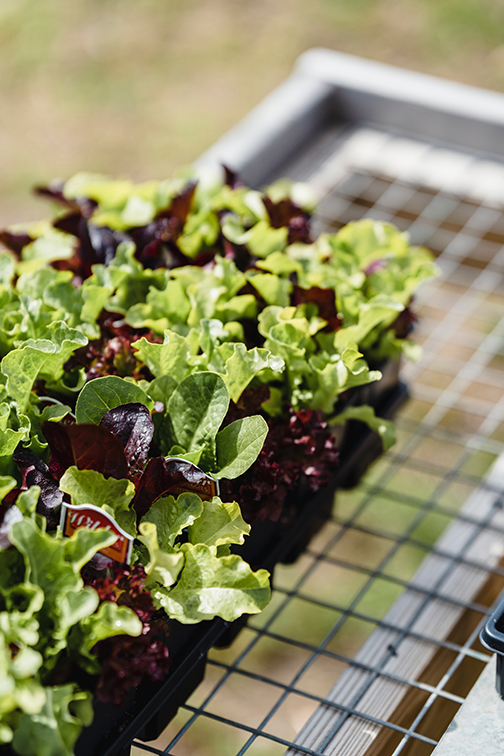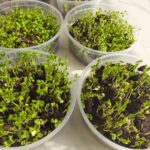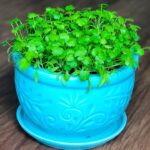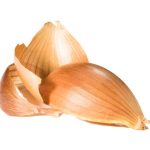Although lettuce is very popular now, when lettuce was discovered in ancient Egypt, people used to know this as a useless plant. However, people gradually found innumerable nutrients and flavours in this useless tree and lettuce became one of the most known vegetables.
By Saima Tasnim
Lettuce or Lactuca sativa is an annual plant of the genus Asterisi and a member of the Daisy family. Lettuce is a fibrous and leafy vegetable. Lettuce leaves are mostly used in curry. It is also used in fast food, salads, sauce, and drinks. Lettuce leaves can be eaten raw as well.

Lettuce leaves are rich in nutrients so it is better to keep lettuce on the daily food list. What if you could grow lettuce at home? If you do not have a plot of land to grow vegetables still you can easily cultivate them in tubs, large tubs, earthenware jars, drums, or in one-sided open wooden boxes filled with manure and soil on the roof or verandah of the house.
Before we learn how to grow lettuce leaves on the veranda, let’s take a look at some of its nutritional value and benefits :
Lettuce is rich in sodium, potassium, beta carotene, calories, vitamins A, B-1, B-2, B-3 and C.
Some of the benefits of lettuce are –
● Vitamin-B generally comes from many different sources, especially protein. But lettuce alone will meet your need for a few types of vitamin B.
● Lettuce leaves contain nearly 95.5 grams of water. This water keeps the blood components like red blood cells, white blood cells, micro-cells healthy and strong. It helps to reduce the fat and weight of obese people as well.
● Lettuce leaves also have medicinal properties. If the skin is cut somewhere, the inflammation can get well if the leaf is crushed and applied to the sore spot.
● During pregnancy, a few pieces of raw lettuce increase blood levels in both the mother and the baby. So it can be included in daily diets for pregnant mothers.
How to grow lettuce on the Balcony?
Soil preparation and selection of tub: The first and most important thing is to prepare and maintain the perfect soil texture in the tub. The soil must be fertile and light in texture for plant growth and vegetable production. And ensure a good drainage system. Generally, lettuce and most other vegetables grow best in loose, cool soil with good drainage. When the water dries, care should be taken so that the soil in the tub does not burst. You can mix an equal amount of loamy soil and organic manure to keep the soil loose.
No large tubs are needed for planting lettuce. You can grow lettuce in a bowl, pipe or mug also.
When and how to plant seedlings or seed: Seedlings are better to be planted in the late afternoon. While planting seedlings, the soil at the base of the seedlings should be compacted very lightly so that the soft roots of the seedlings do not break under pressure. After planting the seedlings should be covered with a lid for 3-4 days to protect them from sun and rain.
If you want to plant seeds then Sprinkle the seeds 1 inch away from each other and cover the top of the tub with a thin layer. Lettuce seeds usually take 7-10 days to germinate. You can spray water by this time, but it is better not to pour water directly on the tub ground.
Caring process for lettuce plant :
● You can use compost in the soil before planting to enrich the organic matter. Apply high nitrogenous fertilizer about three weeks after planting. This will help promote healthy, vigorous leaf growth.
● Lettuce leaves can be very bitter if the heat and humidity are inconsistent. So, try to pay special attention to that.
● Lettuce has shallow roots, so try to check the soil twice a week. And water when the top one inch of soil is dry.





















